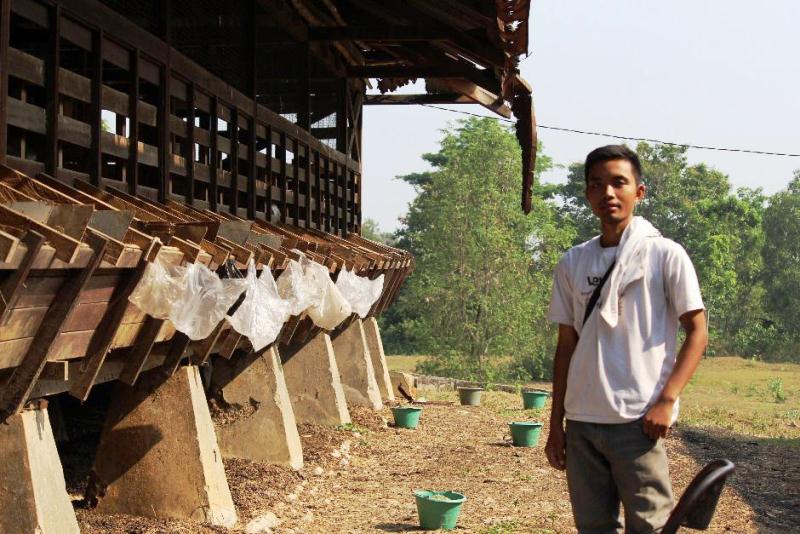By: Ahmad Reza Jatnika, S.Pt., M.Si
(Animal Husbandry Study Program Faculty of Life Sciences and Technology)
Local sheep are one of the small ruminants that are mostly kept by the people of Indonesia. This type of livestock has a fairly high prospect in the future, whether it is used as seeds or as beef cattle. This is because the need for meat is increasing along with the increase in population from year to year. In addition, public awareness of the importance of animal protein is a motivation for sheep breeders.
Local sheep have the advantage that they are easy to maintain, not susceptible to disease, fast in breeding and have high adaptability to temperature and humidity in Indonesia. Until now, sheep are cultivated by farms with a maintenance system that is still traditional, where sheep are kept intensively or in cages and reared semi-intensively, ie sheep are grazed during the day and kept in cages at night.
Semi-intensive maintenance, Intensive maintenance
Of course, these two rearing systems can affect the feeding activity of sheep, because there are factors of temperature and humidity both in the cage and in the pasture. The temperature in the cage will be different from the temperature in the pasture. The following is the temperature and humidity data obtained from the results of research on sheep reared with intensive and semi-intensive rearing systems as follows::
| Location | Time | Temperature (oC) | Humidity (%) |
| – In the Cage | Morning | 26.77 | 77.74 |
| Day | 34.19 | 49.35 | |
| Afternoon | 29.74 | 57.74 | |
| Average | 30.23 | 61.61 | |
| – Pasture | Morning | 28.53 | 69.00 |
| Day | 33.32 | 48.23 | |
| Afternoon | 29.54 | 57.69 | |
| Average | 30.46 | 58.30 |
Information : Morning (07:00-08:00 am), day (12:00 am–02:00 pm), afternoon (04:00–05:00 pm)
Temperature and humidity are environmental factors that can affect livestock productivity. Based on the data in the table of temperature and humidity in the cage in the morning, afternoon and evening, it shows that the temperature and humidity are different, as well as the temperature and humidity in the pasture. The temperature in the morning and evening is lower than the daytime temperature which reaches 34.19ºC in cages and 33.32ºC in pastures.
The high temperature causes the sheep to appear more rested during the day and do not eat much, especially for sheep in the pasture who prefer to take shelter under trees or fences compared to sheep in cages. So that the activity of eating sheep is more often seen in the morning and evening, this is in accordance with the Thermo Neutral Zone (TNZ) which is good for raising livestock at an ambient temperature of 22-31 oC.
The rise and fall of temperature in the cage and pasture will affect the humidity value. In the process of growing sheep need 60-80% humidity. The humidity of the cages and pastures in the morning and evening ranged from 57.74-77.74%, while during the day both in the cages and in the pastures, it was low, namely below 50%. This shows that the humidity in the morning and evening is close to the humidity standard for living sheep, while the humidity during the day is lower because it is influenced by high temperatures.


